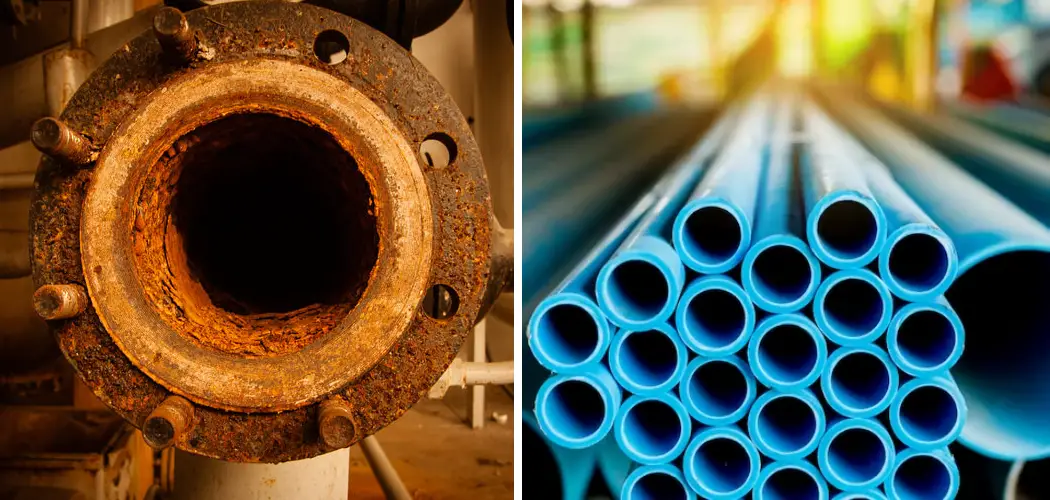Replacing cast iron pipes with PVC (Polyvinyl Chloride) is a common plumbing upgrade that offers several benefits. Whether you’re dealing with aging, corroded, or damaged cast iron pipes, transitioning to PVC can improve the efficiency and durability of your plumbing system. The process involves several steps, including cutting out the old cast iron pipes and installing new PVC pipes.
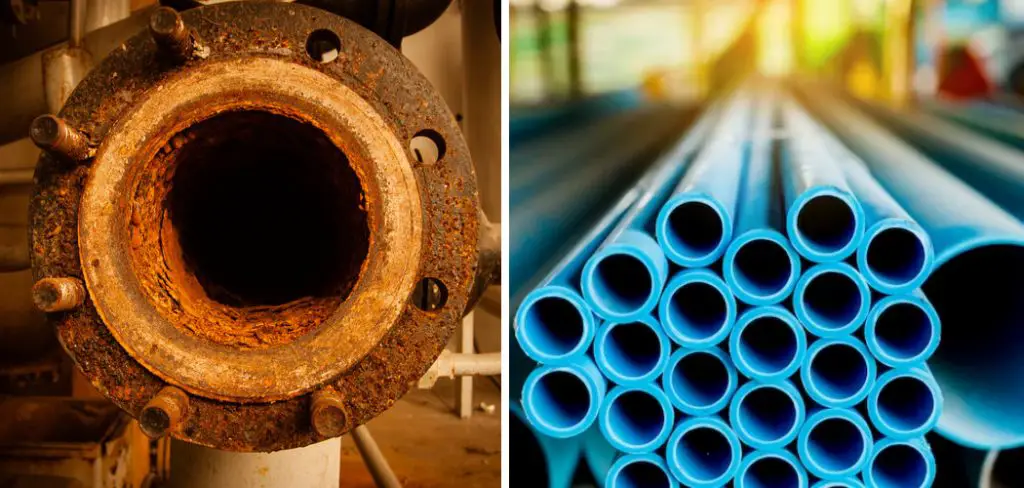
It’s essential to follow a well-defined procedure to ensure a successful transition. In this article, we will explore the steps and considerations involved in how to replace cast iron pipe with pvc, providing a comprehensive guide to help you navigate this plumbing project with confidence. From preparing to cut the cast iron pipes to connecting the PVC ones, you’ll gain valuable insights into this transformative plumbing upgrade.
The Reasons for Replacing Cast Iron Pipes with PVC
Cast iron pipes have been used for centuries in plumbing systems due to their durability and strength. However, with the advancement of technology and materials, cast iron pipes are no longer the preferred choice for modern plumbing systems. Nowadays, many homeowners and plumbers opt to replace cast iron pipes with PVC (polyvinyl chloride) pipes.
There are a few reasons why people choose to replace their cast iron pipes with PVC pipes. Let’s explore these reasons further.
1. Cost-Effective
One of the main reasons for replacing cast iron pipes with PVC is the cost-effectiveness. PVC pipes are much more affordable than cast iron pipes, making them a popular choice for homeowners on a budget.
This is because PVC is a synthetic material that can be easily manufactured, whereas cast iron pipes require a more labor-intensive process and are made from natural resources. Additionally, the availability of PVC pipes in different sizes and lengths also contributes to its affordability.
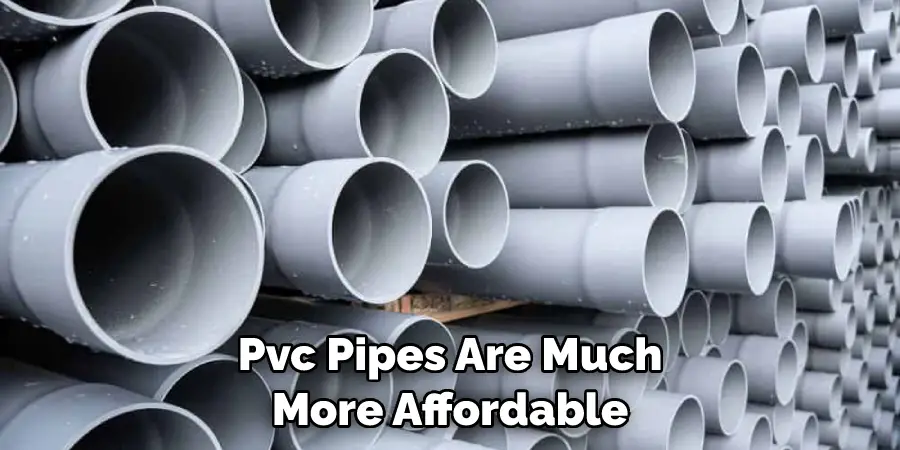
2. Lightweight
Compared to cast iron pipes, PVC pipes are incredibly lightweight. This makes them easier to transport and install, reducing both labor and transportation costs. In contrast, cast iron pipes are heavy and require specialized equipment and more manpower to handle them. This adds to the overall cost of using cast iron pipes in plumbing systems.
3. Corrosion Resistance
Cast iron pipes are prone to corrosion, especially when exposed to acidic materials or chemicals commonly found in sewage and waste water. Over time, this can lead to cracks and leaks in the pipes, causing damage to the plumbing system and potential health hazards. On the other hand, PVC pipes are highly resistant to corrosion, making them a more durable and long-lasting choice for plumbing systems.
4. Low Maintenance
Another advantage of using PVC pipes is that they require minimal maintenance compared to cast iron pipes. As mentioned earlier, cast iron pipes are susceptible to corrosion, which can lead to costly repairs and replacements. PVC pipes, on the other hand, do not corrode and have a longer lifespan. This means less maintenance is needed, saving homeowners money in the long run.
10 Methods How to Replace Cast Iron Pipe with PVC
1. Turn Off the Water Supply
The first step in replacing a cast iron pipe with PVC is to turn off the water supply. This will prevent any water from flowing into the pipes while you are working. You should also open any faucets or valves connected to the pipe to allow any remaining water to drain out. Once all of the water has been drained, you can begin removing the old pipe.
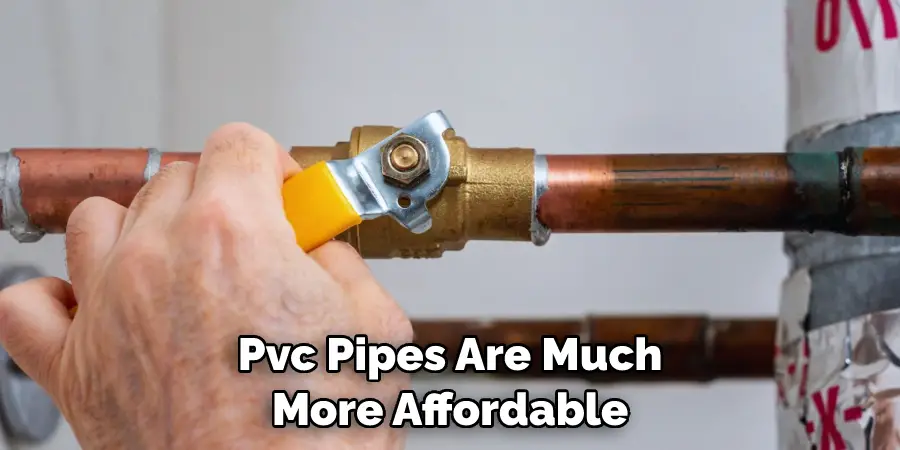
2. Cut Out Old Pipe
Once you have turned off the water supply and drained any remaining water, you can begin cutting out the old cast iron pipe. Use a hacksaw or reciprocating saw to cut through the pipe at several points along its length until it can be removed completely from its fittings. Make sure that all of the pieces of old pipe are removed before proceeding to step three.
3. Clean Pipe Fittings
Once all of the pieces of old cast iron pipe have been removed, you should clean any rust or debris from the fittings that were attached to it. Wipe down each fitting with a damp cloth and then use an abrasive cleaner such as steel wool or sandpaper to remove any stubborn rust stains or build-up on them. Once they are clean, you can proceed to step four.
4. Measure New Pipe Lengths
Next, measure and cut lengths of new PVC pipe that will fit into each fitting where you removed the old cast iron pipe from earlier. Make sure that each length is slightly longer than what was measured so that there is enough slack when installing them later on in this process.
5. Apply Primer
Before attaching your new PVC pipes to their fittings, apply primer liberally onto both surfaces using a brush or sponge applicator for best results. This primer helps ensure a secure connection between your new pipes and their fittings by softening up any plastic residue left on them after installation is complete. Allow this primer to dry completely before proceeding with step six below.
6. Apply Glue
Once your primer has dried completely, it’s time to apply glue onto each fitting and onto one end of each length of PVC pipe that was cut earlier in this process. Make sure not to skimp on glue; apply generous amounts for best results! Allow this glue to dry for at least 15 minutes before proceeding with step seven below.
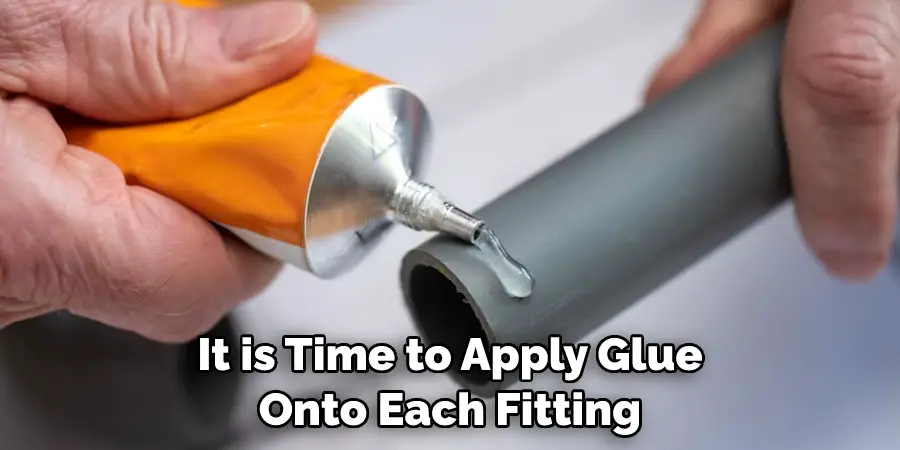
7. Attach Pipes
Now it’s time for installation! Begin by attaching each length of PVC pipe into its respective fitting by pushing them firmly together until they click into place securely; make sure not to overtighten these connections as this could lead to leaks later on down the line! Once all of your pipes have been installed correctly, move on to step eight below.
8. Test Connections
After all of your pipes have been installed correctly, it’s important that you test each connection for leaks prior to moving forward with further steps in this process – if there are leaks present now, then they will only get worse over time! To do this, simply turn on your water supply and check for drips around each joint; if none are present, then congratulations – you’ve successfully replaced your cast iron pipes with PVC! If there are still some leaks present, then move on to step nine below.
9. Adjust Connections
If there are still some leaks present after testing your connections, then don’t panic – just adjust each connection slightly until all drips have ceased and no further adjustments can be made (if necessary). Once everything appears tight and leak-free again, then move on to step ten below.
10. Turn On Water Supply
Finally, once all connections appear tight and leak-free, it’s time for one last test: turning back on your water supply! Do this slowly at first so as not to put too much strain on your new connections; if everything holds up well, then congratulations -you’ve successfully replaced your cast iron pipes with PVC!
Things to Consider When Replacing Cast Iron Pipe with Pvc
When it comes to replacing cast iron pipe with PVC, there are a few important factors to consider. While this may seem like a straightforward process, there are actually several things that need to be taken into account in order for the replacement to be successful and long-lasting.
Firstly, you need to assess the condition of your current cast iron pipe. Is it severely corroded or damaged? If so, it may be necessary to replace the entire pipe rather than just a section of it. Additionally, you should also check for any potential obstructions or blockages in the pipe that could hinder the replacement process.
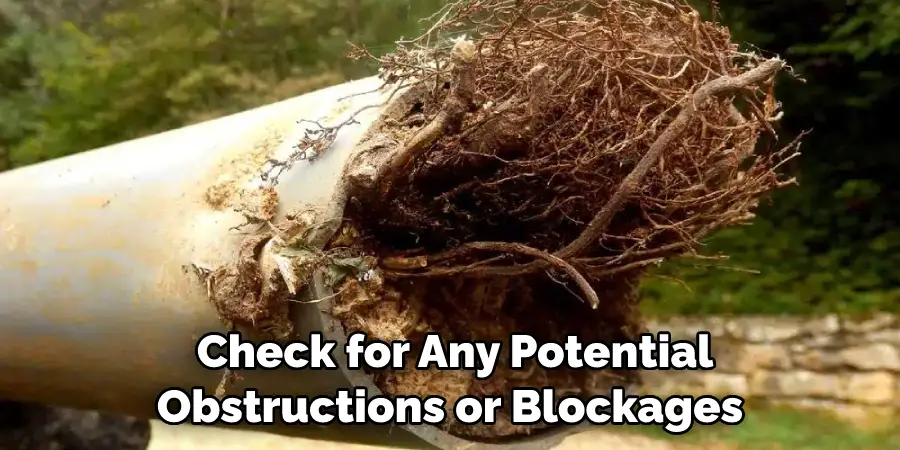
Next, you need to determine the size and type of PVC pipe you will need. This will depend on the diameter and length of your existing cast iron pipe. It is important to match the dimensions as closely as possible in order to ensure a proper fit and avoid any leakage or clogs.
Another consideration is the slope of your pipeline. PVC pipes require a minimum slope for proper drainage, so you may need to adjust the angle if it differs from that of your original cast iron pipe.
Common Mistakes to Avoid When Replacing Cast Iron Pipe with PVC
Replacing cast iron pipes with PVC pipes has become a common practice in modern plumbing. While this method is known for its durability and cost-effectiveness, there are some common mistakes that homeowners or plumbers may make during the replacement process.
These mistakes can lead to future plumbing problems and even result in the need for costly repairs. In this section, we will discuss some of the common mistakes to avoid when replacing cast iron pipes with PVC.
Lack of Proper Preparation
One of the biggest mistakes that can be made during this process is not properly preparing for the replacement. This includes understanding the layout and placement of your current pipes, as well as ensuring you have all necessary tools and materials before beginning. Skipping this step may result in delays, mistakes, and additional costs down the line.
Not Considering Pipe Size and Grade
Cast iron pipes and PVC pipes come in various sizes and grades. It is important to measure and select the correct size and grade for your replacement pipes. Choosing the wrong size or grade can lead to clogs, leaks, or even pipe bursts due to increased pressure.
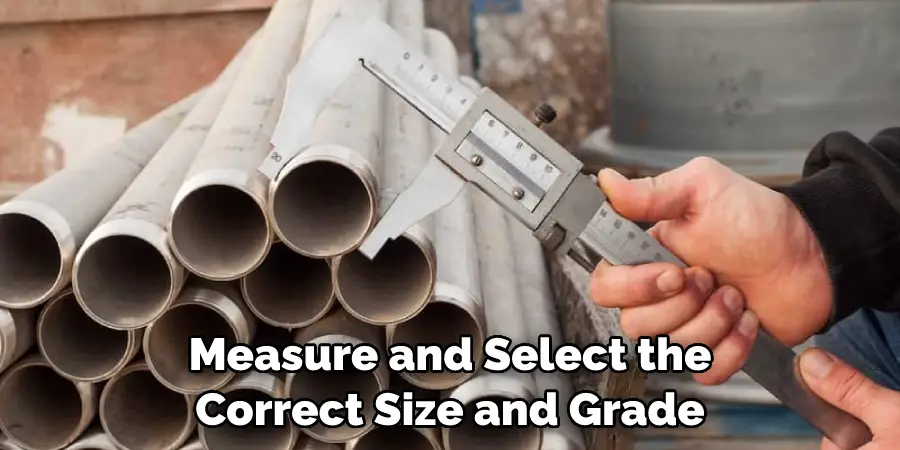
Conclusion
With the right amount of preparation, replacing cast iron pipes with PVC is a relatively simple task. Not only does it require far less work to install, but it also has superior benefits in terms of longevity and corrosion resistance. Additionally, PVC piping offers more flexibility with your plumbing setup which can accommodate certain bends that traditional cast iron just cannot.
It’s important to have access to the right tools to get the job done effectively. When completed successfully, you should end up with a far sturdier system that will last for many years without needing repair. If you’re considering this renovation project for your home, take the time to properly plan for the transition from cast iron to PVC before getting started.
By learning more about how to replace cast iron pipe with PVC, you can have the assurance that your installation will be successful and doable on any kind of budget.

